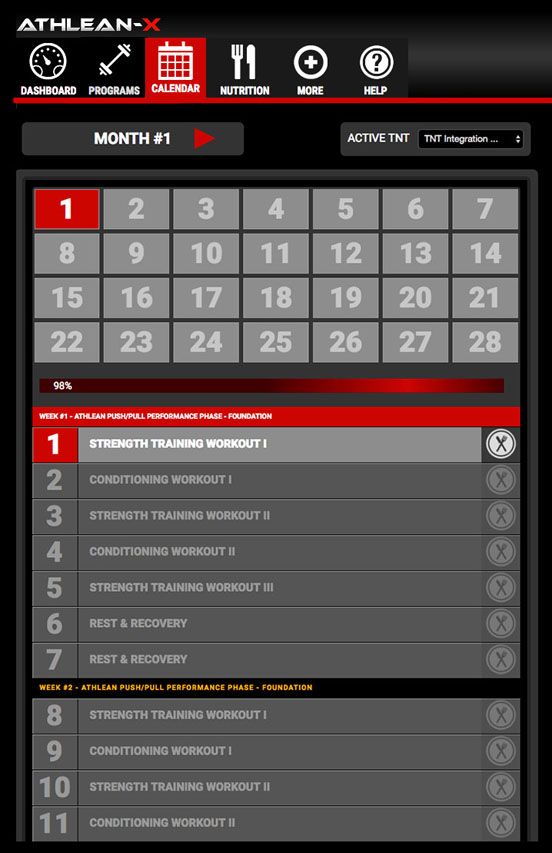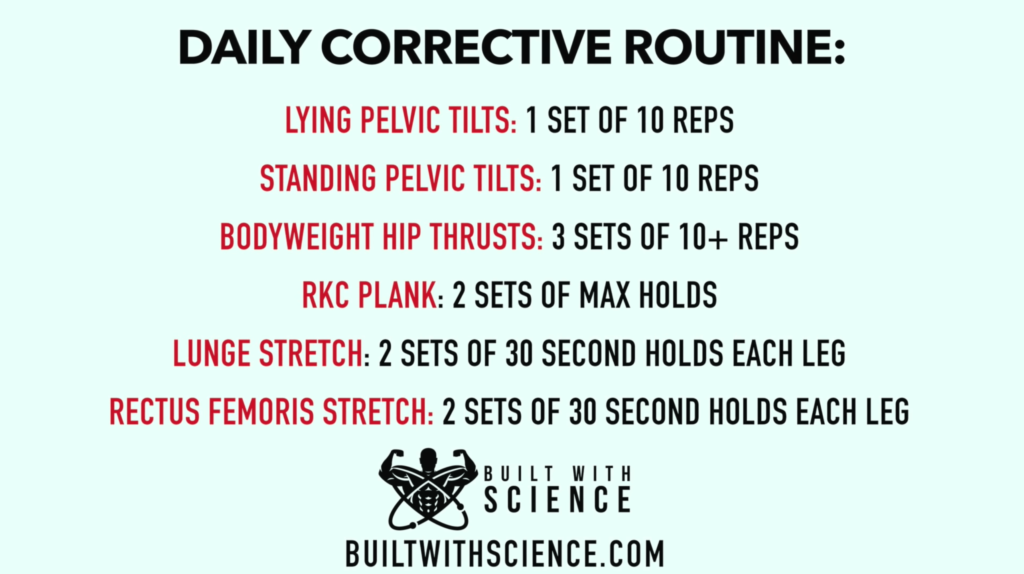
In an agricultural economy, crops are the most important commodity. What are these older economic systems? How did they develop? Why did they fade away? What are the similarities and differences between older economic systems and modern ones? Economics of Agricultural, Industrial, and Postindustrial Societies Figure 18.3. These changes in economies raise many questions for sociologists. Many of these earlier systems lasted centuries. In the past, other economic systems reflected the societies that formed them. Vietnam, where the economy was devastated by the Vietnam War, restructured to a state-run economy in response, and more recently has been moving toward a socialist-style market economy. For example, Russia has been transitioning to a market-based economy since the fall of communism in that region of the world. Countries have switched systems as their rulers and economic fortunes have changed. The dominant economic systems of the modern era have been capitalism and socialism, and there have been many variations of each system across the globe. (Photos (a) and (b) courtesy of Wikimedia Commons) They had very different views on how economies should be run. Morgan was one of the most influential capitalists in history. Vladimir Ilyich Lenin was one of the founders of Russian communism. In this chapter, we will examine different types of economic systems and how they have functioned in various societies. The economy of a small farming community is very different from the economy of a large nation with advanced technology. As societies grow and change, so do their economies. Our earliest forms of writing (such as Sumerian clay tablets) were developed to record transactions, payments, and debts between merchants. Economy is one of human society’s earliest social structures.

Health care and education systems care for those in need, help foster longevity, and equip people to become productive members of society. The food industry helps ensure that all of a society’s members have access to sustenance. These services provide some of the resources that help to maintain and improve a society.

Examples of services include food preparation and delivery, health care, education, and entertainment. In contrast to these objects, services are activities that benefit people. Goods produced for sale on the market are called commodities. Goods can meet essential needs, such as a place to live, clothing, and food, or they can be luxuries - those things we do not need to live but want anyway. Goods are the physical objects we find, grow, or make in order to meet our needs and the needs of others. Economy refers to the social institutions through which a society’s resources (goods and services) are managed. It is how people optimize what they have to meet their wants and needs. Understand the basic elements of poverty in Canada today.Įver since the first people traded one item for another, there has been some form of economy in the world.Explain how women and immigrants have impacted the modern Canadian workforce.Describe the current Canadian workforce and the trend of polarization.Discussion how functionalists, critical sociologists, and symbolic interactionists view the economy and work.Describe capitalism and socialism both in theory and in practice.

Understand types of economic systems and their historical development.


 0 kommentar(er)
0 kommentar(er)
